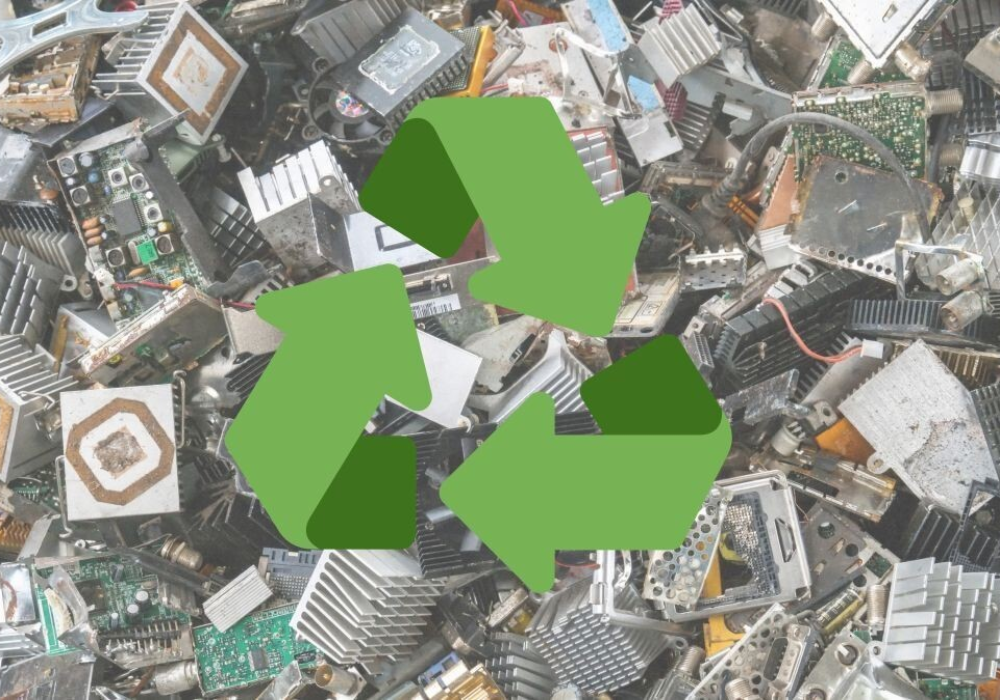

Despite the widespread awareness about sustainability, confusion around recycling persists among consumers in the United Kingdom (UK), further leading to undermined efforts in circular packaging. Aquapak's research shows that nearly 70 per cent of British consumers are unaware of the proper packaging to recycle.

As per the report drafted by Recycling Magazine, out of five people, only one person reads the recycling instructions behind the packaging and the demographic for this. People between the ages of 25 and 34, one out of three people, which constitutes 31 per cent, read the instructions, and when the age group reaches 65 and above, it drops to 17 per cent of the demographic reading it.
Regarding understanding the instruction provided, nearly 10 per cent of British consumers believe it to be easy to understand concerning the disposal process. However, 52 per cent of the population believe it is sometimes easy to understand. Merely 29 per cent of people think knowing how to recycle packaging effectively is easy.
Nearly 12 million tonnes of packaging is wasted, creating an enormous challenge for the UK government where the majority share is held by plastic, making it difficult to sort and recycle later. So, which packaging is suitable for packaging and recycling thereafter?
Aluminium packaging versus alternative materials
While choosing the right packaging material and later recycling it, understanding each material's key attributes is crucial. Aluminium, the third most abundant element on Earth, has become numerous beneficial for various sectors and one quality that makes it suitable is its recyclability. Moreover, it boasts high global recycling rates, often between 50 to 90 per cent, making it a reliable material for circular economy models.
Responses








